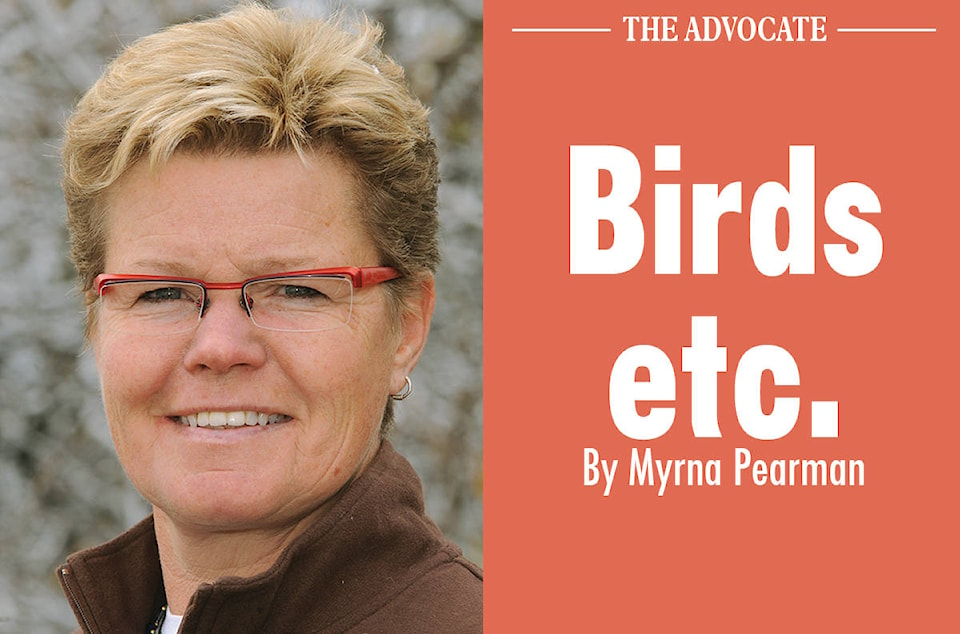Northern flying squirrels are among our most interesting wild neighbours.
Although they are quite common in Central Alberta, their nocturnal lifestyle means that they are seldom encountered by humans. Some bird feeding enthusiasts report seeing them dining at their bird feeders after dark (they love sunflower seeds) and there are reports of them taking up residence in bluebird or duck nest boxes. One fellow bluebird trail operator reported getting a very vicious bite last summer when he put his hand into one of his bluebird boxes to check the box contents.
The box contained a flying squirrel family and Ma was determined to protect her babies. A fellow naturalist has also documented the fascinating noctual activities of flying squirrels with the use of a thermal imager. The squirrels, which show up as red dots on the imager screen, can be seen leaping great distances between tree branches.
Despite their name, flying squirrels can’t actually fly. Rather, their patagia (unique membranes that stretch between their front and back legs) enable them to glide with ease. Apparently, they have been recorded gliding up to 100 m. They bob their head up and down and from side-to-side before launching themselves and, once airborne, steer with their forelegs and use their flattened tail as a rudder.
The flying squirrels’ large ears and huge, black and glossy eyes enable them to navigate easily in their night world. They are omnivorous, dining on nuts, seeds, berries, insects and tree buds as well eggs and nestlings.
Gregarious by nature, they will often roost with other individuals in a roosting cavity.
Several years ago, I found the tail of a flying squirrel in my yard, the only piece left of an individual that had likely been killed by a neighbourhood cat. I remember stroking the flattened tail, amazed at how incredibly soft and delicate it was.
More recently, I’ve had the opportunity to encounter flying squirrels in natural cavities and nest boxes. It is incredible to be able to gaze into those massive black eyes!
Don Auten of Ponoka recently captured an amazing image of a gliding flying squirrel. This rare image catches the squirrel with its patagia outstretched, just before it lands on a tree trunk. Some interesting video clips and additional images of flying squirrels, including others by Mr. Auten, can be found on my blog (http://www.myrnapearman.com/blog).
Myrna Pearman is the Biologist at Ellis Bird Farm. She can be reached at mpearman@ellisbirdfarm.ca.
